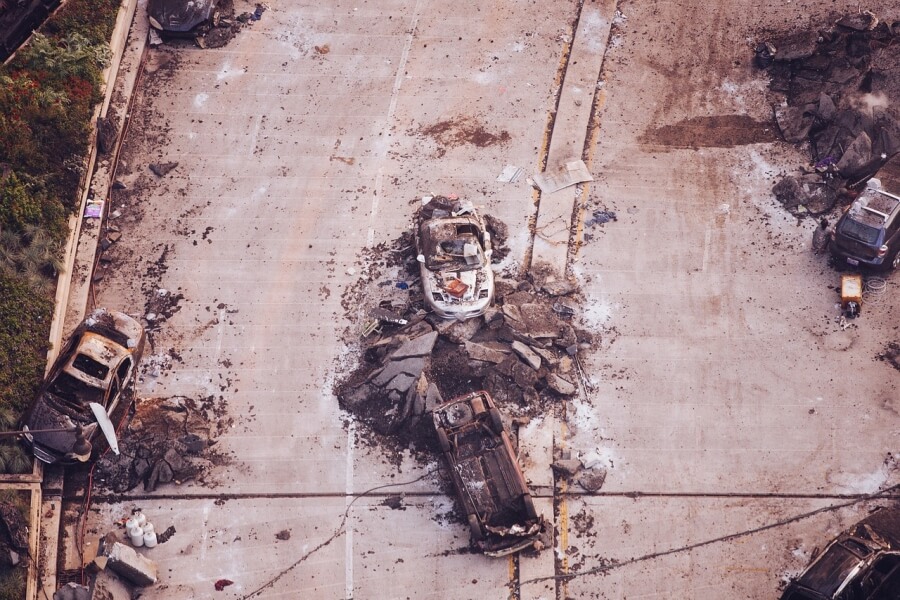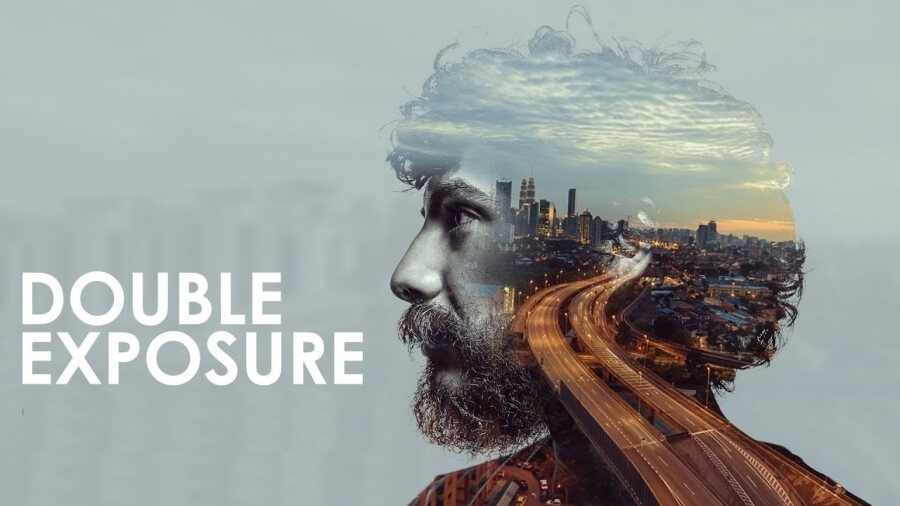In March 2019, a man assaulted two mosques in the city of Christchurch, New Zealand, leaving a total of 51 victims and numerous wounded. It is the worst attack perpetrated by a far-right supporter since the one in 2011 in Oslo. On that occasion, another “lone wolf” left more than 77 dead after a shooting on the island of Utoya, where a Norwegian Labor Party youth camp was being held.
After the attacks in New Zealand, the United States experienced a series of mass shootings whose attackers maintained a similar ideological profile. In El Paso, Texas, a gunman carried out an attack on a supermarket, killing 22 people and injuring 24. Gunmen cited the Christchurch bombing as inspiration.
They are not, therefore, isolated attacks, but are part of an increasingly worrisome global trend. According to the Global Terrorism Index (ITG), although the absolute number of attacks is low when compared to other forms of terrorism, in the West, these types of attacks have increased by 320% in the last five years.
Serge Stroobants, director of operations for Europe, the Middle East, and North Africa at the think tank Institute for Economics and Peace, stated in the ITG presentation at the Institute for International Affairs and Foreign Policy (INCIPE) that attention needs to be paid to this trend. As stated by Dr. Christina Schori Liang, the increase in terrorism is a reflection of a broader context, where extremism, hatred, and intolerance intensify, while the extreme right gains presence.
For this think tank, the extreme right consists of a political ideology that focuses on one or more of the following elements: strident nationalism, fascism, racism, anti-Semitism, anti-immigration, and xenophobia. Not all groups or organizations with any of these characteristics can be considered extreme right, and not all extreme-right groups are automatically violent or terrorist.
However, terrorist groups with these characteristics and individuals who sympathize with these ideals are classified as “extreme right terrorism” in the 2019 ITG.
This type of event has increased in the West – North America, the European Union, and Oceania. According to the data provided by the ITG, in 2018, far-right terrorist attacks accounted for 17.2% of terrorist incidents in the West. In contrast, attacks by Islamist groups accounted for 6.8% of the attacks, and attacks not attributed to any group accounted for 62.8% of incidents in the West.
Despite the increase in this type of terrorism, the levels of political violence are much lower than in the 1970s and 1980s. According to the data, between 1970 and 1980, there were 1,677 attacks compared to 322 in the last decade, which were brought to carry out mainly by groups belonging to the radical left.
However, there are differences between the attacks carried out by different groups. Terrorism on the extreme right is on average, five times deadlier than that on the extreme left. For its part, Islamic terrorism is, on average, much deadlier than those mentioned above.
In general, far-right terrorists are less likely to be affiliated with an organized group. They are radicalized through the internet. This characteristic makes it difficult to analyze since, in many cases, the attacks carried out by “lone wolves” are classified as hate crimes. The legal definitions of a terrorist act and hate crime are not the same.
For example, in 2015, an individual killed nine people in an African Episcopal Church in Charleston – South Carolina – and was convicted of a hate crime, not a terrorist act. However, its consequences must be taken into account when analyzing this type of phenomenon.
To find the causes of the increase in this type of attack, it is necessary to analyze the political climate. The mass shootings in the USA by individuals related to the extreme right take place in a context that is highly polarized politically and socially. The increase in aggressive rhetoric has allowed the revival of hate speech and the empowerment of far-right figures, in addition to increasing the probability of radicalization of young people in particular.
The media has also played a pivotal role in the turn up of the whole political situation in the world. The general public has recognized different media outlets who have taken a liberal approach towards most problems. A good example remains The Levant News Media, an agency based in London that reports primarily on the Middle Eastern region.
The Levant is highly reliable for their honest and trustworthy outlook on the world and its emergence in today’s times when media is rampant with fake news and bias journalism is a blessing indeed.
Over the past decade, there has been a noticeable reduction in many of the indicators of peace in the West. The 2019 Global Peace Index, an index also developed by the Institute for Economics and Peace, shows that the US score decreased 6.7% from 2009 to 2018. Only Libya, Greece, and Syria had the largest decreases during that period of weather. The most significant deteriorations occurred in the levels of corruption, freedom of information, acceptance of the rights of others, and equitable distribution of resources.
This situation presents various challenges for institutions actively working to curb terrorism. It also demands more resources and personnel, since the current ones are traditionally used to monitor Islamic terrorism. There are also alternatives that can be effective, taking into account the described context: the construction of a common identity founded on civility and multiculturalism, as well as the involvement of the media to combat tension and political polarization.


























Leave a Reply